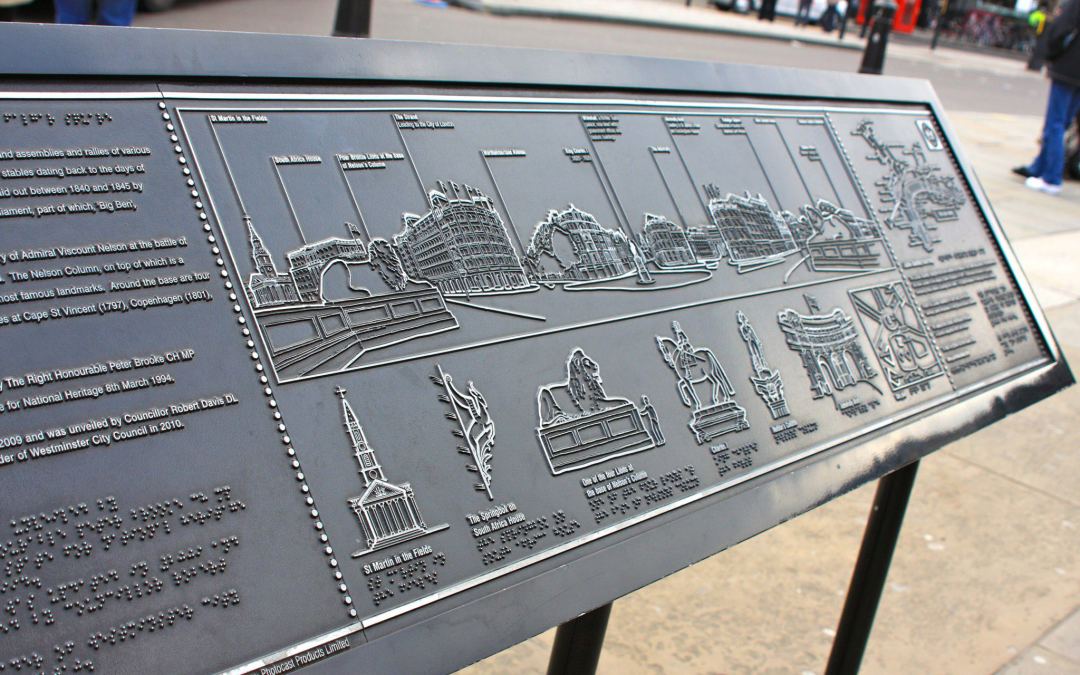
by Tasha Chemel | Dec 12, 2014 | Tactile Graphics
Tasha Chemel is a blind artist and writer. She is currently pursuing her Master’s degree at Harvard Graduate School of Education, where she will study adolescent literacy and creative writing. She also hopes to develop innovative opportunities for blind people to participate in visual culture. Her poems have been published in Barking Sycamores, Subliminal Interiors, Elephant Journal, and Wordgathering. When I mention that I am a visual learner, even though I am blind, most sighted people give me the verbal equivalent of a raised eyebrow. But if you’re blind, you might know exactly what I mean. Is it easier and more enjoyable for you to read a book in Braille or using text to speech, rather than an audio book? Do you prefer reading tactile maps to listening to auditory directions? If you answered yes to either of those questions, you’re probably a visual learner, too. You might be wondering why I call text-to-speech visual, when it is clearly auditory. When I was in elementary and middle school, I was totally fine using audiobooks as sources for reports and presentations. But as texts grew more complex, I realized that I preferred using Braille because I had much more control over how I interacted with a text. For example, I could pause on a particular word and concentrate on its spelling. In addition, as I used text-to-speech more, I and more, and at faster and faster rates, I found that I could exercise that same level of control. There is something about being able to scroll through a text document or a Webpage, letter by letter and word by word,...



Recent Comments